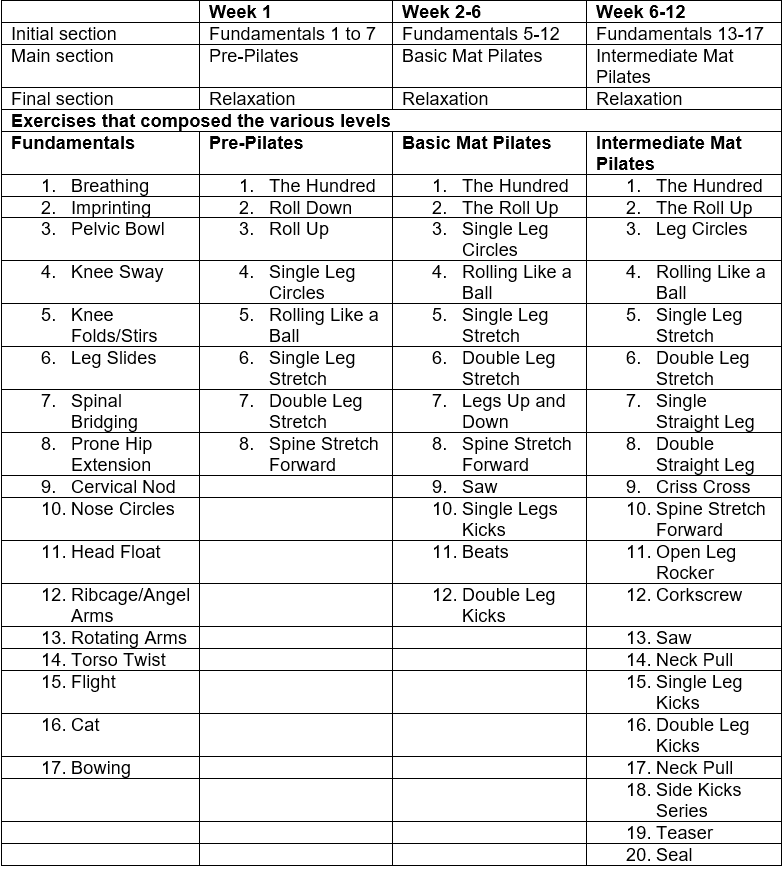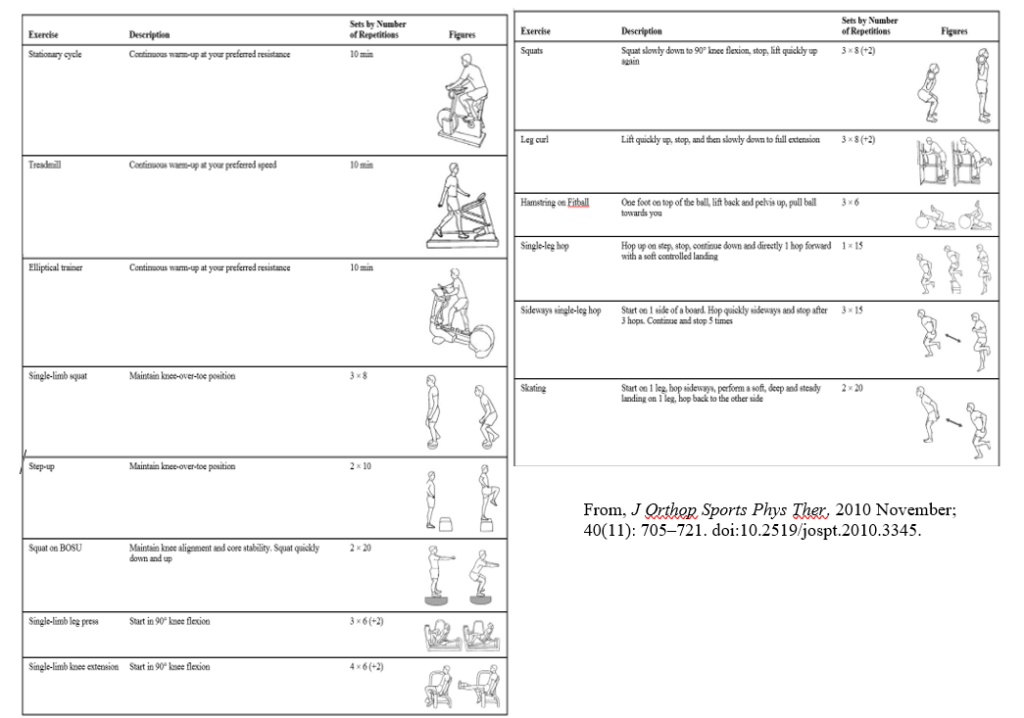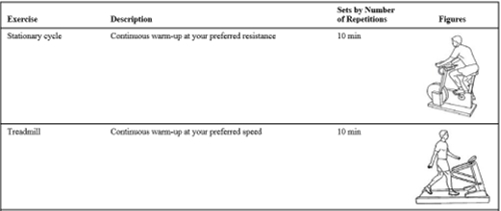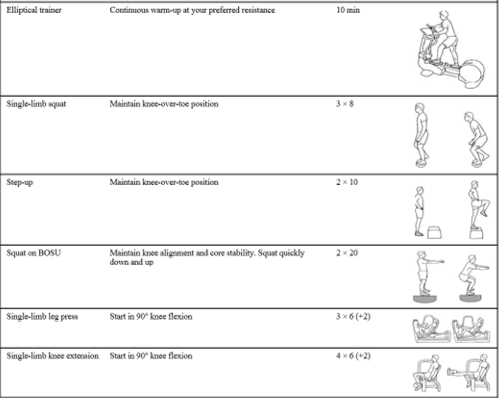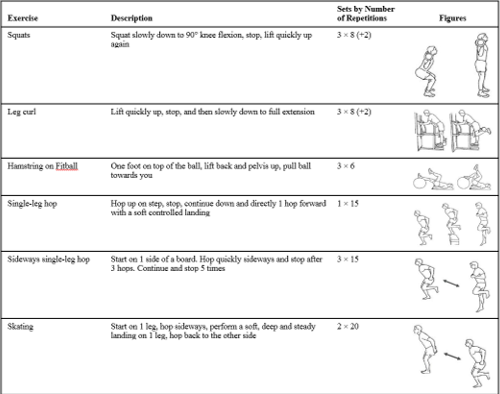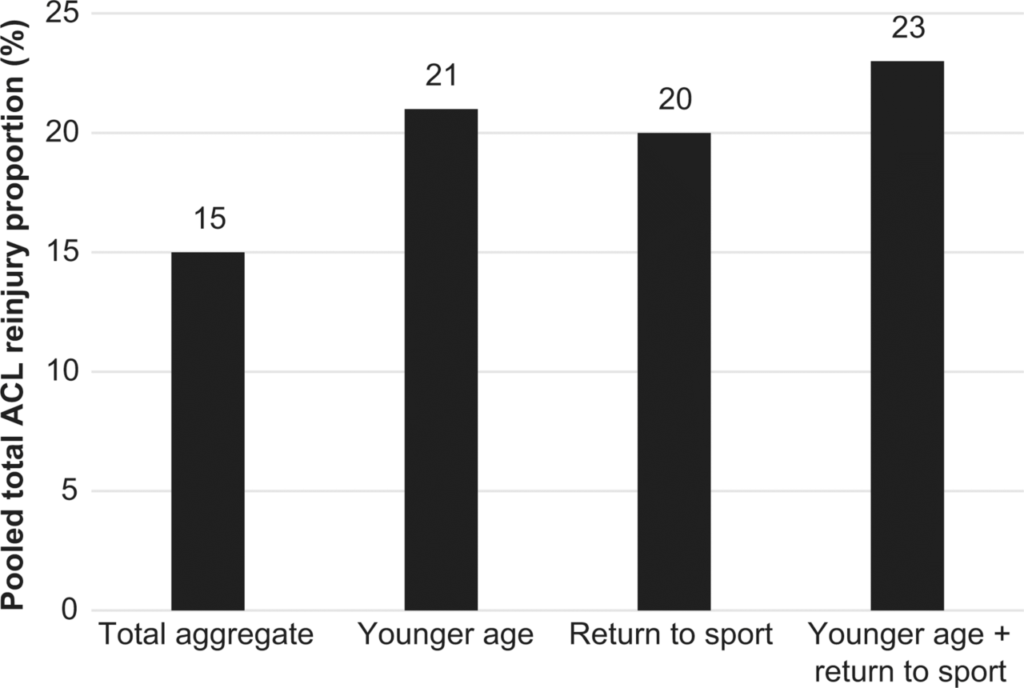Running with Knee Osteoarthritis-Part 1
Physical Therapist
Background
40% of American adults (110 million people) report walking or running as part of a regular exercise routine. Reports and ‘common knowledge’ about running and its impact on our joints are often conflicting. This is the first of three blog posts designed to look at current medical research regarding running on aging joints.
Article summary
Often of most concern with running is whether the impact is harmful to the knee joint, as the thought is impact could cause and/or worsen osteoarthritis. Osteoarthritis is the term given to changes that occur along a joints surface as we age. The most common way to diagnose osteoarthritis is with an x-ray. A prospective study published in The American Journal for Preventative Medicine investigated whether running as we age increases the severity or frequency of knee arthritis.
PARTICIPANTS
45 long distance runners who were 50 years old or older, and had been running for at least 10 years; and 53 controls who were 50 years or older and did not run for exercise.
METHODS
Initial x-rays were taken of both knees of all participants. Over the next 18 years, 5 follow up x-rays were taken of each patient. These x-rays were graded on a standard scale to quantify the severity of knee arthritis.
RESULTS
Runners did not show higher rates or more severe cases of knee osteoarthritis than non-runners
CONCLUSIONS
Models found that higher BMI, higher initial damage on x-ray, and age to be most strongly correlated with arthritis on x-ray. There was no data to suggest that running, gender, previous knee injury, or total exercise time contributed to osteoarthritis of the knee. In short-go out and go for your run!
PTF approach
Here at PTF, we want to keep you active in the activities that matter to you. If walking and running are important to you, and you feel limited by your knees, an evaluation could be useful. Often tight and/or weak muscles, stiff joints, and poor movement patterns can contribute to pain while running. PTF does a complete evaluation and then designs a treatment plan individual to you and your body to keep you moving.
Original Article
Chakravarty, E., Hubert, H., Lingala, V., Zatarain, E., Fries, J. (2008). Long Distance Running and Knee Osteoarthritis A Prospective Study. American Journal of Preventative Medicine, 35(2), 133-138. doi:10.1016/j.amepre.2008.03.032.

